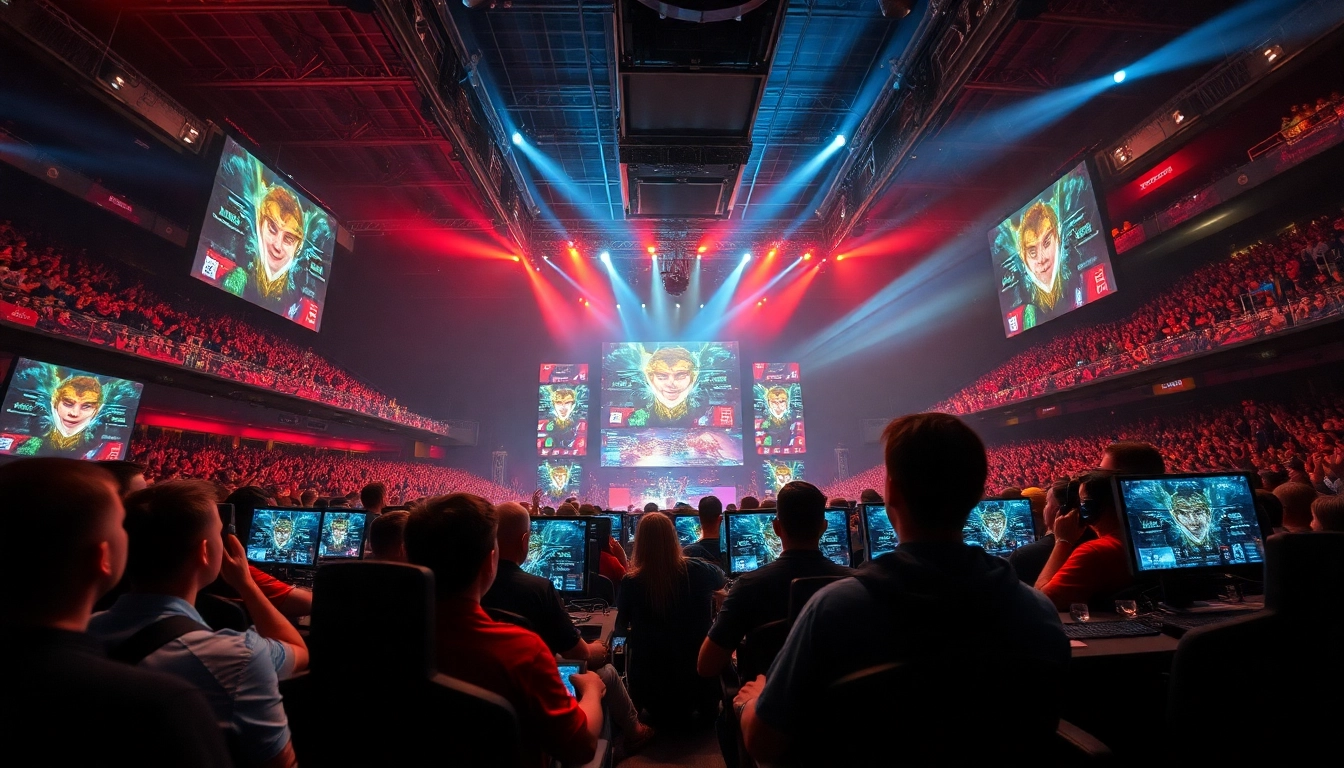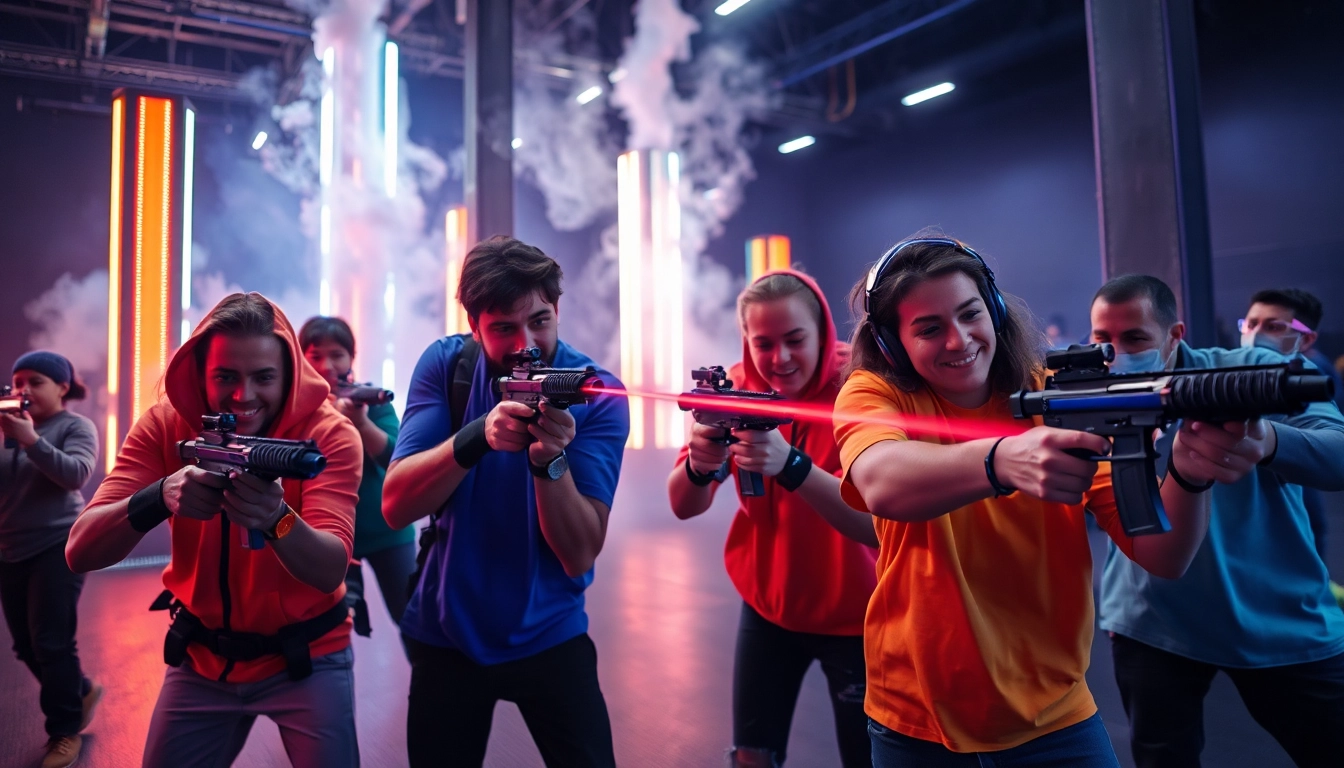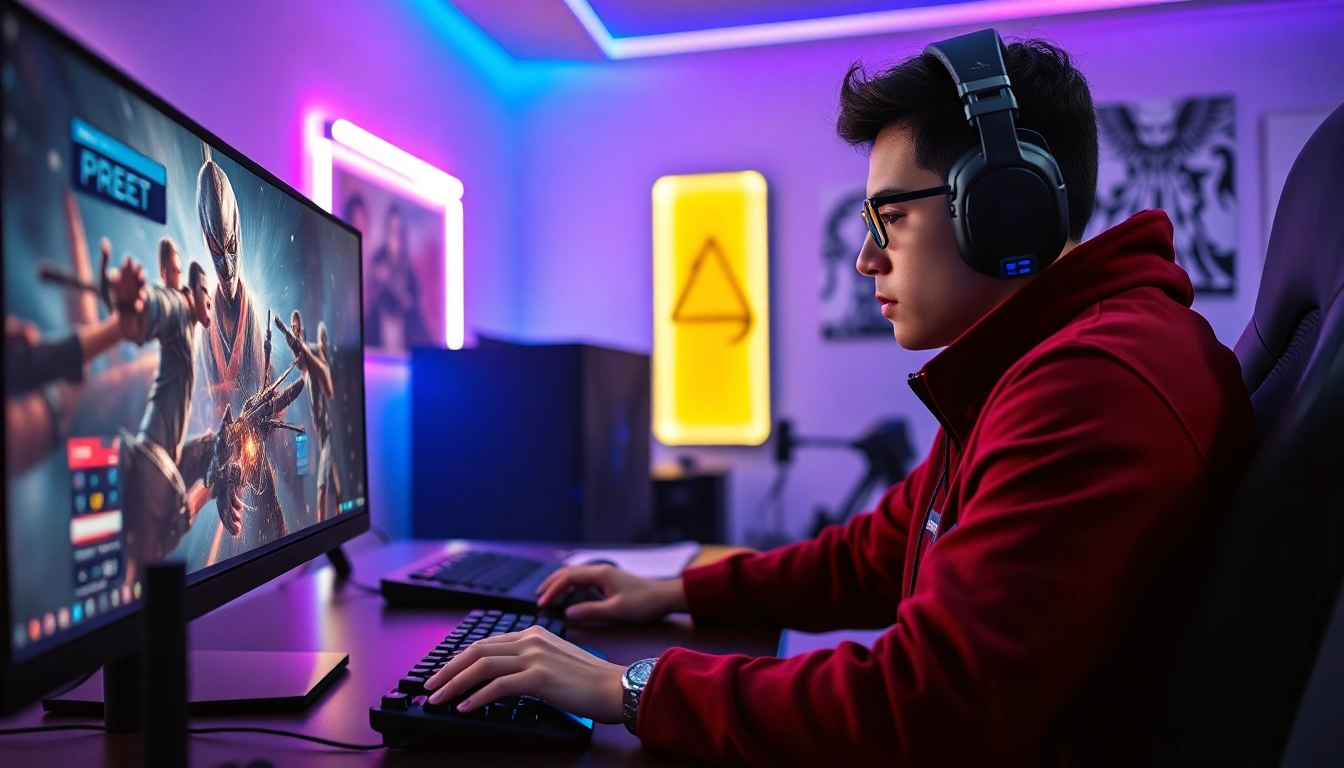Introduction to Dota 2 Mechanics
Dota 2, a cornerstone of the esports universe, features complex mechanics that set it apart from other multiplayer online battle arena (MOBA) games. Understanding these mechanics is crucial for any aspiring player aiming to make a mark in the competitive scene. From the basic fundamentals to hero roles, map awareness, and vision control, the foundation of Dota 2 mechanics lays the groundwork for effective gameplay. To explore more about Dota 2 and enhance your gaming prowess, you can check out Dota 2, where extensive resources are available.
Understanding Game Fundamentals
At its core, Dota 2 is a team-based strategy game that pits two teams of five players against each other. Each player controls a unique hero with distinct abilities and roles. The ultimate objective is to destroy the opposing team’s Ancient, which is located within their base. Understanding the core mechanics, such as gold accumulation, experience gain, and tower mechanics, is essential for success. Players start at level one and can reach a maximum level of 25. Gaining gold allows players to purchase items that increase their hero’s effectiveness, while experience is crucial for leveling up abilities.
Hero Roles and Their Importance
In Dota 2, heroes are categorized into various roles, primarily based on their abilities and responsibilities within the team. Generally, the roles are divided into three main categories: carries, supports, and initiators. Carries scale well into the late game, possessing high DPS (damage per second) potential. Supports provide utility, helping carries survive during fights while controlling vision. Initiators initiate combat, deciding when and how to engage the enemy. Understanding these roles allows players to synergize effectively, leading to a more cohesive team strategy.
Map Awareness and Vision Control
Map awareness is a critical component of Dota 2 gameplay. Players must constantly monitor the minimap and remain aware of their teammates and enemies’ positions. Vision control is crucial for gaining an upper hand. This involves placing wards strategically to gain insight into enemy movements and objectives. Two types of wards exist: Observer Wards, which provide vision, and Sentry Wards, which reveal invisible units. Effective vision can lead to successful ganks, securing objectives, and avoiding potential ambushes.
Building Effective Strategies in Dota 2
Once players grasp the mechanics, the focus shifts towards formulating strategies that capitalize on their team composition and the opponents’ weaknesses. Developing effective strategies involves understanding team dynamics, adjusting to opponents, and optimizing item builds for varying scenarios.
Team Composition and Synergy
Team composition in Dota 2 plays a pivotal role in determining the outcome of matches. A balanced team consists of a mix of core heroes and supports that complement one another. For instance, a lineup featuring strong initiation, adequate crowd control, and sufficient damage output sets up a powerful combination. Synergy among heroes enhances their collective potential, increasing the chances of victory. For example, pairing a hero with crowd control abilities with a high damage dealer can lead to effective team fights, creating opportunities for kills and objectives.
Adjusting Strategies Based on Opponents
Flexibility is vital in Dota 2. A successful player can adapt their strategy based on the opponents encountered. Understanding the enemy team’s hero compositions and playstyles allows players to counter effectively. For instance, if facing a team with robust crowd control, a strategy involving split-pushing may be more effective than direct confrontations. Additionally, assessing enemy item builds and levels can provide insights for necessary adjustments in playstyle throughout the match.
Utilizing Item Builds Effectively
Items in Dota 2 can significantly affect a hero’s performance. Each hero has optimal item builds that enhance their strengths or mitigate weaknesses. Understanding item synergies and when to purchase specific items can turn the tide in engagements. For example, a core hero may prioritize damage items early to secure kills, while a support hero may focus on saving items that allow healing or utilities, such as Glimmer Cape or Force Staff. Analyzing enemy builds and adjusting your own accordingly is a powerful strategy for securing dominance in matches.
Enhancing Individual Skills for Dota 2
Individual skill development is paramount in Dota 2, as personal performance directly impacts team success. Players must work on various skills, including last-hitting, positioning, and communication, to excel in the game.
Improving Last-Hitting and Denying
Last-hitting creeps is fundamental in Dota 2. By delivering the final blow to enemy creeps, players earn gold and experience, crucial for progression. Similarly, denying is the act of preventing enemies from earning resources by killing their own creeps to reduce their effectiveness. Mastering these techniques requires practice and awareness of timing. Players should practice last-hitting in custom games, focusing on timing and understanding creep mechanics to improve their early-game gold income significantly.
Mastering Timing and Positioning
Success in Dota 2 often hinges on timing and positioning during engagements. Knowing when to engage, retreat, and use abilities can make the difference between victory and defeat. Positioning is equally vital; staying out of harm’s way while still contributing to team fights maximizes a player’s effectiveness. Practicing positioning while watching professional players can provide insights into optimal placement during fights. Utilizing terrain cleverly can protect players while helping them retreat or ambush enemies.
Communication and Team Play
Dota 2 emphasizes teamwork, making communication essential. Efficient communication involves relaying critical information about enemy movements, cooldowns, and item purchases. Using voice comms or in-game pings can facilitate this process. Moreover, fostering a positive team environment helps mitigate tilt and strengthens cooperation. Players should work to develop a unified strategy while being receptive to team members’ suggestions, creating a cohesive approach to each match.
Analyzing Dota 2 Gameplay
To become adept at Dota 2, players must engage in self-analysis and study professional gameplay. Analyzing past matches can identify areas for improvement and enhance gameplay strategy.
Reviewing Replays for Improvement
Studying personal replays can illuminate the strengths and weaknesses in a player’s approach. Reviewing moments where one might have met an untimely demise or missed crucial objectives reveals patterns that need addressing. Utilizing tools to annotate and tag specific moments can aid in this process. Player self-assessment may bring out details that were previously overlooked, sharpening their approach in future matches.
Learning from Professional Matches
Professional Dota 2 matches serve as the textbook for aspiring players. Watching how top-tier players approach strategies, item builds, and team fights offers invaluable insights. Observing their decision-making processes during crucial moments can significantly elevate a player’s strategic thinking. Engaging with match analyses and breakdowns can further enhance understanding, providing context to decisions made during the game.
Identifying Personal Weaknesses
Recognizing one’s weaknesses is essential for continual improvement. Players should keep track of personal performance metrics, such as kill-death ratios, CS (creep score), and teamwork-related statistics. By identifying areas for growth, adaptations to playstyle and focus can occur, fostering a more rounded gameplay experience overall.
Staying Updated with Dota 2 Trends
In the fast-evolving realm of Dota 2, keeping up with trends, patches, and community insights can provide a competitive advantage. Adapting to the meta and understanding current gameplay trends ensures that players remain relevant. Continuous engagement with the community enhances knowledge and connectivity with other players.
Following Patch Notes and Meta Shifts
Regularly reviewing patch notes is critical in understanding the shifts in gameplay mechanics, hero balance changes, and item adjustments. Each patch can significantly impact gameplay dynamics and strategies. Players are encouraged to dissect these updates to adapt their strategies and item choices, ensuring that they are always playing at their optimal level. Keeping informed can provide unique insights into potential unbalanced heroes, leading to strategic advantages over opponents.
Engaging with the Dota 2 Community
The Dota 2 community is a vibrant landscape of forums, guides, and discussions that offer insights and strategies. Engaging in community platforms such as Reddit, Discord servers, and online forums facilitates information sharing. Potential collaborations for practice and matchmaking can emerge from networking with other players, enhancing one’s skill development journey.
Utilizing Resources for Continuous Learning
A plethora of resources exist for players wishing to expand their Dota 2 knowledge. Websites dedicated to guide preparation, streaming platforms showcasing top-tier gameplay, and analytical tools can provide comprehensive insights. Players should take advantage of this vast array of information to continually refine their gameplay, learning from comprehensive guides or engaging with tutorials that enhance understanding of hero mechanics and strategies.



